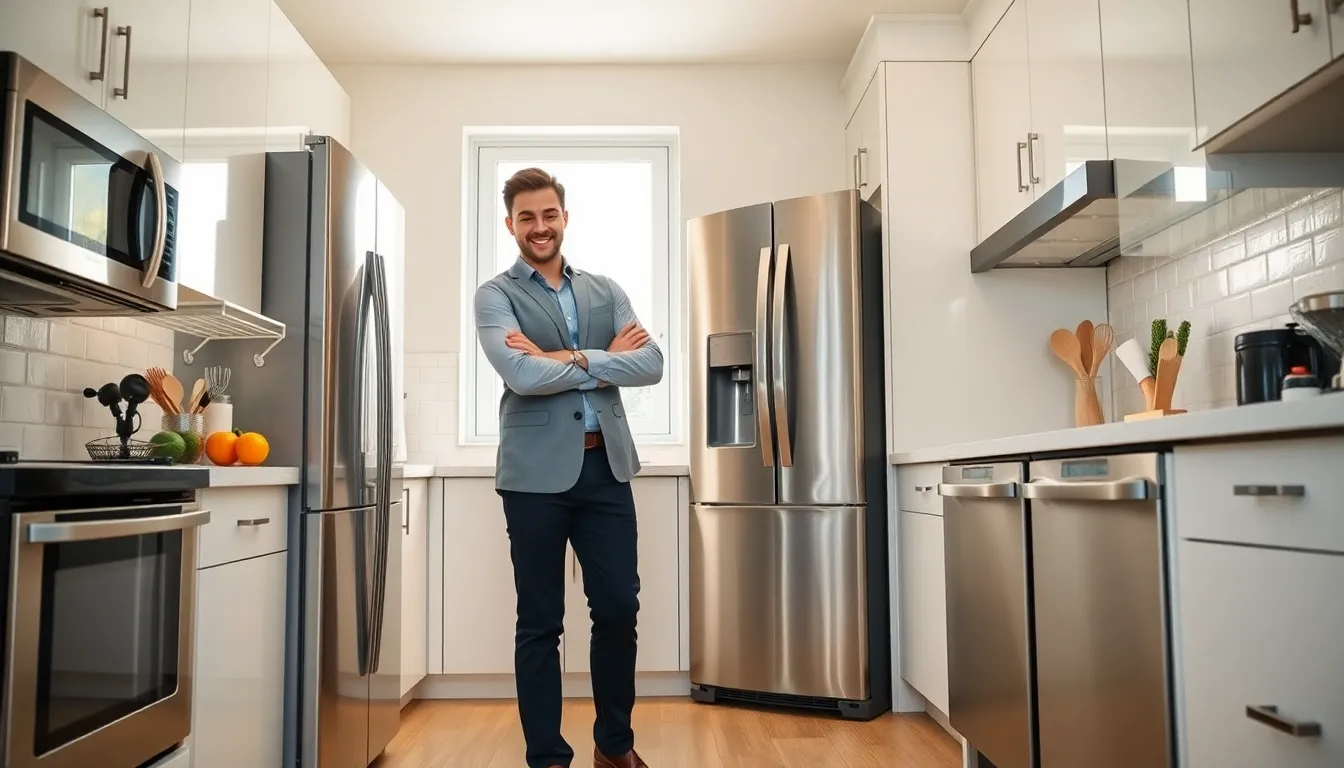When it comes to revamping a bathroom, the right lighting can make all the difference. Enter recessed lighting. It’s not just about illuminating your space: it’s about creating an ambiance that feels inviting and spacious. Imagine stepping into a beautifully lit bathroom where shadows are a thing of the past and dull corners are banished.\n\nIn this guide, we will explore the myriad benefits of recessed lighting, how to choose the right fixtures, the installation considerations to keep in mind, and a few strategic tips to elevate your bathroom design. Get ready to turn your bathroom into a haven of light, without tripping over wires or battling harsh glare.
Table of Contents
ToggleRecessed Lighting In Bathroom

Space-Saving Solution\nRecessed lighting provides a sleek and unobtrusive way to brighten up a bathroom. Unlike traditional light fixtures that can crowd a space, recessed lights are installed into the ceiling, keeping everything streamlined. This is especially beneficial in smaller bathrooms where maximizing every square inch is key. Imagine having a more open feel where every foot counts.\n\n### Even Illumination\nNothing feels worse than shadows lurking in unexpected corners. With recessed lighting, homeowners can achieve an even spread of light throughout the bathroom. This is perfect for tasks like applying makeup or shaving, where accurate visibility is crucial. The even illumination minimizes harsh glares and creates a soft, welcoming glow.\n\n### Design Flexibility\nRecessed lighting is not just about function: it’s also about form. These fixtures come in various designs, styles, and formats, so they can complement any bathroom aesthetic, from modern to traditional. Whether you want to create a sleek minimalist vibe or add warmth with softer finishes, recessed lights can adapt to fit seamlessly into your desired design.
Choosing The Right Fixtures
Types Of Recessed Lighting Fixtures\nShopping for recessed lighting? There are several types now available to meet diverse needs. For bathrooms, specifically, standard recessed fixtures work well, but there are also options designed for wet locations. These are particularly useful above showers or in areas prone to splashes. Choosing the right type ensures safety while maximizing light output.\n\n### LED Vs. Halogen\nDeciding between LED and halogen bulbs can be tricky, but it eventually boils down to efficiency and longevity. LED lights are known for their energy efficiency and longer lifespan, which means fewer bulb changes over time. Halogen, while brighter at times, tends to consume more energy and burn out quicker. This makes LEDs not just a smart choice economically but also environmentally.\n\n### Trim Styles And Finishes\nThe trim style of your recessed lighting can significantly affect the overall look of your bathroom. With options ranging from baffle trims to reflectors, the choice can optimize both appearance and function. Also, finishes can go from metallic to white, allowing homeowners to match the trim with other fixtures such as faucets or cabinet hardware.
Installation Considerations
Electrical Requirements\nBefore jumping into installation, it’s crucial to understand the electrical requirements. Bathrooms often have specific guidelines due to the potential for moisture, which can affect electrical systems. It might be wise to consult with a professional electrician to ensure the installation meets local codes. Safety first, right?\n\n### Placement And Spacing\nPlacement is everything in creating effective recessed lighting. A rule of thumb is to space the lights about 4 to 6 feet apart. This prevents over-concentration in one area while leaving others dim. Consider using a dimmer switch to adjust lighting based on needs and time of day. Overhead lighting should illuminate key areas like vanities and showers without creating overwhelming brightness.
Moisture Resistance Considerations
It’s no secret that bathrooms are particularly humid environments. Hence, selecting recessed lighting that is moisture resistant is essential. Look for fixtures labeled as IC-rated, which indicates they can come into direct contact with insulation and handles moisture well. This not only ensures longevity but also guarantees the safety of the electrical components.
Selecting The Right Bulbs
The type of bulb you choose can greatly influence the atmosphere of your bathroom. As mentioned earlier, LEDs often reign supreme due to their efficiency and low heat output. But, it’s important to pick bulbs with a color temperature that enhances the space. A color temperature of around 3000K is typically ideal for bathrooms, delivering that soft white light that mimics natural daylight.
Layering Bathroom Lighting
Combining Recessed Lighting With Other Fixtures\nLayering lighting in bathrooms creates depth and function. While recessed lighting forms the base layer, consider adding wall sconces or pendant lighting to complement the look. Not only does this provide ample light for tasks, but it also lends an inviting feel to the space.\n\n### Accent And Task Lighting\nTask lighting, whether through sconces by the mirror or decorative fixtures by the bathtub, should harmonize with the recessed lights. Accent lighting can enhance architectural features or artwork, adding a personal touch to the bathroom design. Think about incorporating LED strips under cabinets for a sleek look that enriches the ambiance.
Ambient Lighting Strategies
Creating a well-lit bathroom relies heavily on ambient lighting. This lighting sets the overall mood and should be soft and inviting. Plus to recessed lights, consider leveraging natural light, if possible. A strategically placed mirror can reflect light from windows, making the bathroom feel airier and more spacious.
Common Mistakes To Avoid
Even seasoned decorators can stumble when it comes to bathroom lighting. One common error is neglecting the dimmer switches. These are crucial for adjusting brightness based on activity. Another misstep? Over-lighting one area while leaving others dark. Invest time in planning your layout for the best results. Balancing functional and ambient light will elevate your space far beyond the basics.



